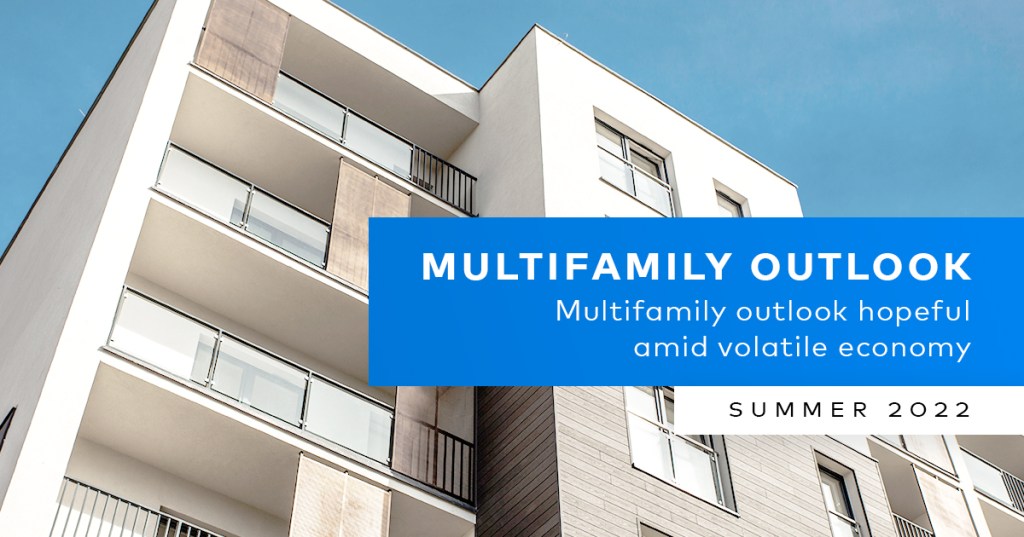Remote Work Impact
On housing, communities and more
The impact of remote work on the housing market has been significant. In a webinar by Yardi Matrix, Jeff Adler, Matrix vice president, brought up several notable shifts. The full recording and presentation slides are available online. Let’s explore the big-picture impact of remote work on housing and communities. There are myriad cultural changes from […]














